Mobile:+86-311-808-126-83
Email:info@ydcastings.com
English
High-Quality Stainless Steel Casting | Durable & Precision Parts
Precision Engineering with Stainless Steel Casting for Industrial Applications
In the demanding landscape of modern industrial manufacturing, the choice of material and production method dictates the ultimate performance and longevity of components. Among various manufacturing processes, stainless steel casting stands out as a superior method for producing intricate, high-integrity parts essential for critical applications. This process excels in delivering components with exceptional corrosion resistance, mechanical strength, and aesthetic appeal, making them indispensable across numerous sectors. This article delves into the intricacies of this robust manufacturing technique, exploring its technical advantages, diverse applications, and the strategic considerations for procurement.
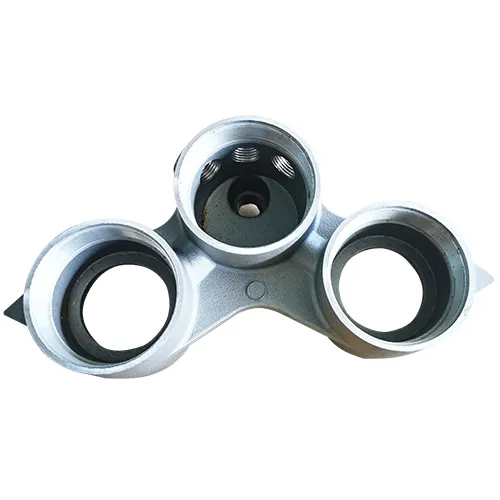
The Detailed Process Flow of Stainless Steel Casting
The production of precision stainless steel casting components involves a meticulous multi-step process, typically utilizing investment casting (also known as lost-wax casting) for its ability to produce highly intricate and accurate parts with excellent surface finish. The raw material, high-quality stainless steel alloys (e.g., 304, 316, 17-4PH), is chosen based on specific application requirements concerning corrosion resistance, strength, and temperature performance.
Key Manufacturing Steps:
-
Wax Pattern Creation:
An accurate wax replica of the desired component is injected into a master die. Multiple wax patterns are then assembled onto a central wax runner system, forming a "tree."
-
Shell Building:
The wax tree is repeatedly dipped into a ceramic slurry and then coated with refractory sand. This process is repeated several times, with drying periods in between, to build a robust ceramic shell around the wax pattern.
-
Dewaxing:
The ceramic shell, with the wax pattern inside, is heated in an autoclave. The wax melts out, leaving a hollow ceramic mold cavity – hence "lost-wax casting."
-
Preheating and Pouring:
The ceramic mold is preheated to a high temperature to remove any residual wax and to ensure proper metal flow. Molten stainless steel, precisely alloyed, is then poured into the hot mold cavity.
-
Cooling and Demolding:
After the metal solidifies, the ceramic shell is broken away (demolding) through vibration or blasting, revealing the raw cast components.
-
Finishing Operations:
Gates and risers are cut off, and components undergo post-processing such as grinding, shot blasting, heat treatment (e.g., annealing, quenching, tempering) to achieve desired mechanical properties and stress relief, and potentially CNC machining for tight tolerances and precise features. Adherence to standards like ASTM A743/A744 for steel castings is critical.
-
Quality Control & Testing:
Components undergo rigorous inspection including visual checks, dimensional verification, non-destructive testing (NDT) such as X-ray, ultrasonic, magnetic particle, or liquid penetrant inspection, and destructive testing like tensile strength and hardness tests, ensuring compliance with ISO 9001 and specific client standards (e.g., ANSI, DIN).
This meticulous process ensures components like 'Shell, oil shell' maintain high integrity, critical for applications in industries such as petrochemical, metallurgy, and water supply & drainage, where a service life of 15-20 years or more is often expected due to enhanced corrosion resistance and robust design.
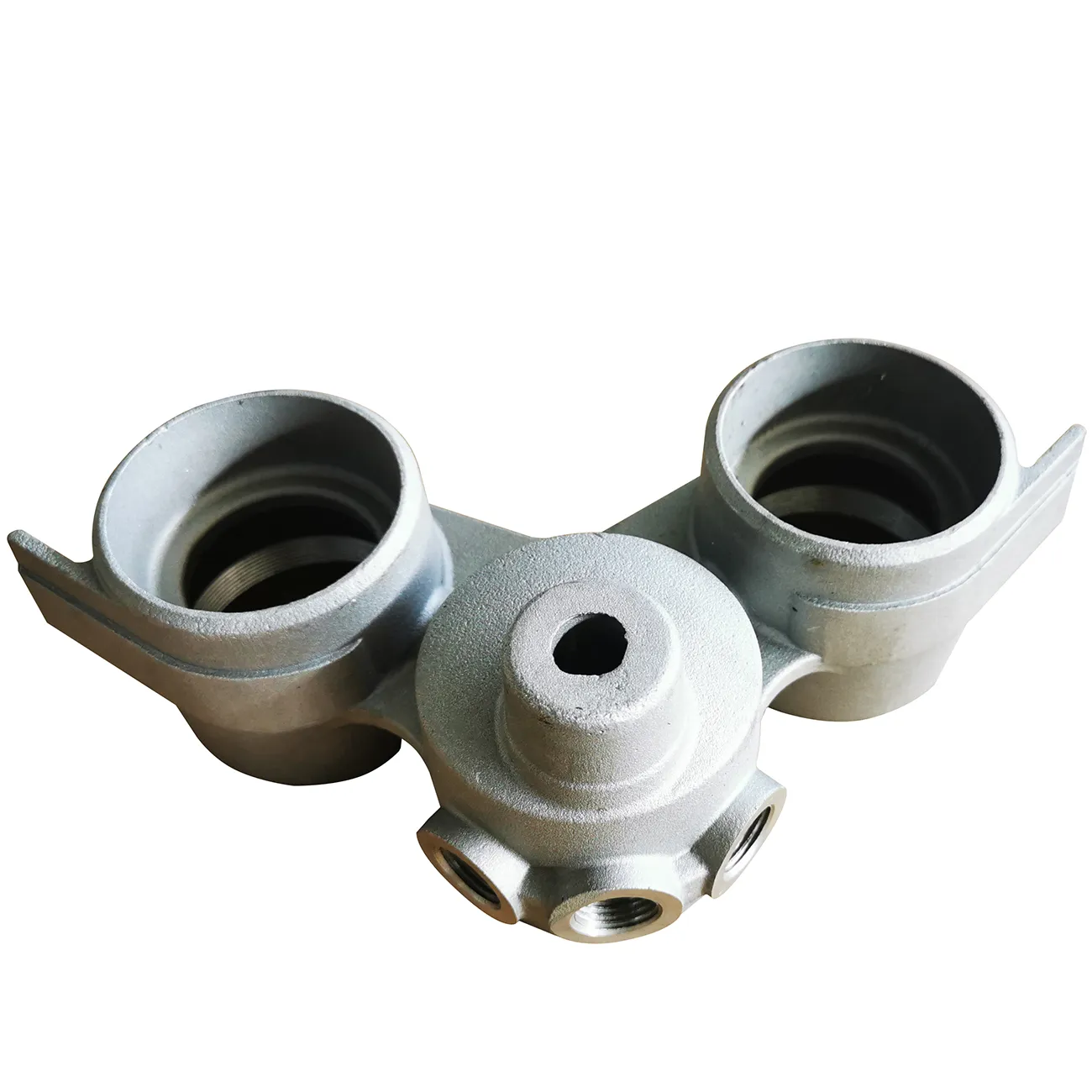
Industry Trends and Market Dynamics
The global stainless steel casting market is experiencing robust growth, driven by increasing demand from end-use industries such as automotive, aerospace, oil & gas, and industrial machinery. Key trends include the rising adoption of automation and robotics in casting processes to improve efficiency and reduce labor costs, and a growing emphasis on sustainable manufacturing practices. The demand for lightweight yet strong components is also fueling innovation in alloy development and casting techniques. While traditional methods like green sand metal casting remain prevalent for certain applications, precision methods like investment casting for stainless steel are gaining traction due to superior dimensional accuracy and surface finish, reducing the need for extensive post-machining.
Furthermore, the market for high-performance metal castings is increasingly fragmented, with specialized foundries focusing on niche materials and processes. For instance, the market for aluminum die casting and aluminium metal casting continues to expand due to the automotive industry's push for lightweighting, yet stainless steel maintains its supremacy in high-temperature, corrosive, and high-pressure environments. The integration of advanced simulation software for mold design and solidification analysis is also a significant trend, leading to reduced lead times and enhanced product quality for all types of metal components.
Technical Specifications and Material Properties
Understanding the technical specifications of stainless steel alloys used in casting is paramount for engineers and procurement specialists. The choice of alloy directly impacts the component's performance in its operational environment. Below is a comparison of common stainless steel grades and their properties relevant to casting, emphasizing their utility in various applications.
Common Stainless Steel Grades for Casting
| ASTM Grade (Cast) | Equivalent Wrought | Key Characteristics | Typical Applications |
|---|---|---|---|
| CF8 (304) | 304 | Excellent corrosion resistance, good weldability, non-magnetic. General purpose. | Valve bodies, pump casings, food processing equipment, architectural components. |
| CF8M (316) | 316 | Superior corrosion resistance to chlorides and acids (due to Molybdenum), good strength at elevated temperatures. | Marine equipment, chemical processing, petrochemical, pharmaceuticals, 'Shell, oil shell'. |
| CD4MCu (Duplex) | Duplex 2205 | High strength and excellent corrosion resistance (pitting and stress corrosion cracking). | Oil & Gas, pulp & paper, offshore platforms. |
| CA6NM (Martensitic) | 410, 420 | High strength, good toughness, moderate corrosion resistance. Hardenable. | Hydroelectric turbines, pumps, valves in power generation. |
| CB7Cu-1 (17-4PH) | 17-4PH | High strength, good corrosion resistance, excellent mechanical properties through precipitation hardening. | Aerospace, medical, nuclear, high-performance industrial components. |
These specifications are critical for ensuring that cast components like 'Shell, oil shell' not only meet design requirements but also withstand harsh operating conditions for extended periods, providing energy saving through reduced maintenance and replacement.
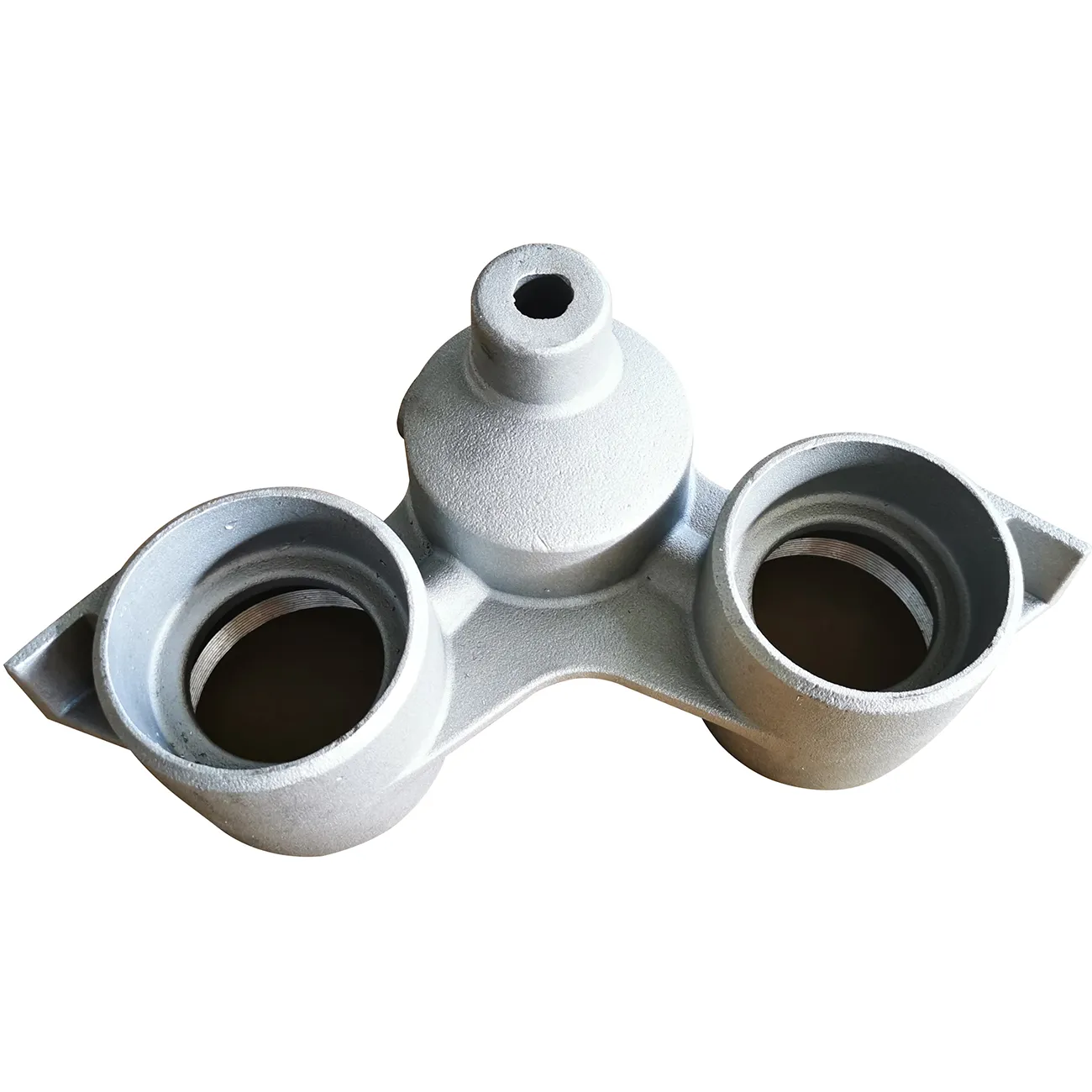
Application Scenarios and Technical Advantages
The versatility of stainless steel casting makes it a preferred choice for a vast array of industrial applications where reliability, corrosion resistance, and high-performance are non-negotiable. Its inherent properties provide significant technical and operational advantages over other materials and manufacturing processes.
Typical Application Scenarios:
- Petrochemical Industry: Components for valves, pumps, fittings, and heat exchangers that operate under extreme temperatures, pressures, and corrosive media (e.g., acids, chlorides). The 'Shell, oil shell' component is a prime example, vital for robust enclosures in oil and gas processing.
- Metallurgy: Parts for high-temperature furnaces, rollers, and specialized machinery requiring resilience against thermal shock and abrasive wear.
- Water Supply & Drainage Systems: Impellers, casings, and housing for pumps and flow control devices that are constantly exposed to water and potential contaminants, requiring exceptional corrosion resistance.
- Food & Beverage Processing: Hygienic and non-contaminating components for mixers, filters, and processing lines, adhering to strict sanitation standards.
- Medical & Pharmaceutical: Surgical tools, instrument housings, and implantable devices where biocompatibility, sterilization compatibility, and precision are paramount.
Key Technical Advantages:
- Superior Corrosion Resistance: Stainless steel alloys are inherently resistant to oxidation, rust, and various chemical agents, significantly extending component lifespan in aggressive environments. This translates to lower maintenance costs and higher operational uptime.
- High Mechanical Strength & Durability: Offers excellent tensile strength, yield strength, and hardness, ensuring components withstand high stress and impact, leading to enhanced safety and reliability.
- Complex Geometry & Precision: Investment casting allows for the production of intricate designs with fine details and thin walls, minimizing the need for subsequent machining and reducing material waste. This precision is a critical advantage over methods like green sand metal casting for complex parts.
- Energy Saving through Efficiency: Durable, well-engineered components reduce the frequency of replacements and repairs, contributing to overall system efficiency and energy saving in industrial operations. For instance, corrosion-resistant pump parts maintain optimal flow efficiency longer.
- Wide Temperature Range Performance: Maintains structural integrity and performance across a broad spectrum of temperatures, from cryogenic to high heat applications, without significant degradation.
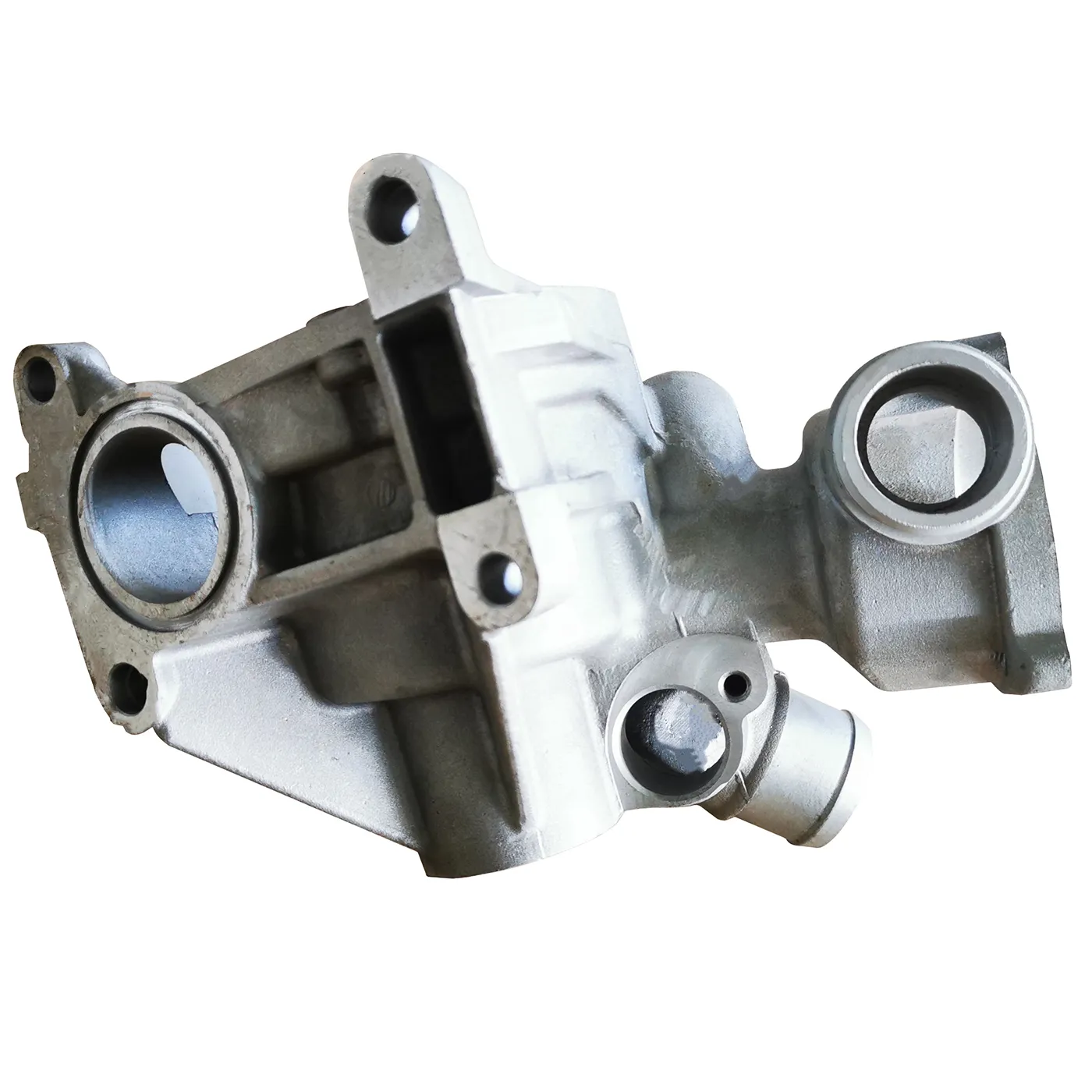
Vendor Comparison and Customized Solutions
Selecting the right manufacturing partner for stainless steel casting is crucial. A reputable vendor offers not only manufacturing capabilities but also expertise in material selection, design optimization, and rigorous quality assurance. Considerations should extend beyond price to include certifications, experience, and the ability to provide customized solutions.
Key Factors for Vendor Comparison:
| Factor | Description & Importance |
|---|---|
| Certifications | ISO 9001 (Quality Management), ISO 14001 (Environmental), AS9100 (Aerospace) indicate adherence to international standards and quality commitment. |
| Experience & Specialization | Years in the industry, specific expertise in various stainless steel alloys, and a proven track record in similar component types. A foundry with over 20 years of experience in precision castings, for example, offers invaluable insights. |
| Technology & Capabilities | Advanced casting equipment, in-house machining, NDT capabilities, and simulation software for process optimization. This differentiates them from those only offering basic aluminum casting die or green sand metal casting services. |
| Customization & Design Support | Ability to collaborate on design for manufacturability (DFM), alloy selection, and tailor solutions to unique project requirements. |
| Supply Chain & Logistics | Reliable lead times, efficient order fulfillment, and robust logistics ensure timely delivery and minimize project delays. |
Customized Solutions:
Many industrial applications require components that deviate from standard designs. A professional casting vendor should offer comprehensive customized solutions, including:
- Custom Alloy Development: Tailoring specific stainless steel compositions to meet unique environmental or mechanical challenges.
- Prototyping & Iteration: Agile development processes to produce and test prototypes quickly, allowing for design refinement before mass production.
- Advanced Machining & Finishing: Integrated CNC machining for ultra-tight tolerances and specialized surface treatments (e.g., electropolishing, passivation) for enhanced performance.
- Reverse Engineering: Recreating components from existing samples, particularly useful for legacy systems or replacement parts where original drawings are unavailable.

Application Case Studies
Real-world applications demonstrate the tangible benefits of precision stainless steel casting. Here are anonymized examples showcasing successful deployments:
Case Study 1: High-Pressure Valve Components for Offshore Oil Rig
A leading oil and gas equipment manufacturer required valve bodies and impellers for subsea applications. These components needed to withstand extreme pressures (up to 15,000 psi), highly corrosive seawater, and maintain integrity at fluctuating temperatures. Using CF8M (316 equivalent) stainless steel casting, the vendor produced components with superior pitting and crevice corrosion resistance. The precision investment casting process ensured tight dimensional tolerances, minimizing post-machining and accelerating assembly. Post-installation, client feedback indicated a significant increase in component service life, reducing costly offshore maintenance interventions and resulting in substantial operational savings.
Case Study 2: Medical Instrument Housing for Diagnostic Equipment
A medical device company needed sterile, non-magnetic, and durable housings for a new generation of diagnostic imaging equipment. Material compatibility with various sterilization agents (e.g., autoclave, ETO gas) was critical. Through expert consultation, a specific austenitic stainless steel alloy (similar to 304L) was selected for its excellent corrosion resistance and non-magnetic properties. The investment casting method allowed for the creation of complex internal geometries with smooth, easily cleanable surfaces, vital for hygiene. Rigorous NDT and final dimensional inspection ensured compliance with stringent medical device standards (e.g., ISO 13485). The outcome was a robust, aesthetically pleasing, and highly functional housing that met all regulatory and operational demands, enabling reliable performance in critical healthcare environments.
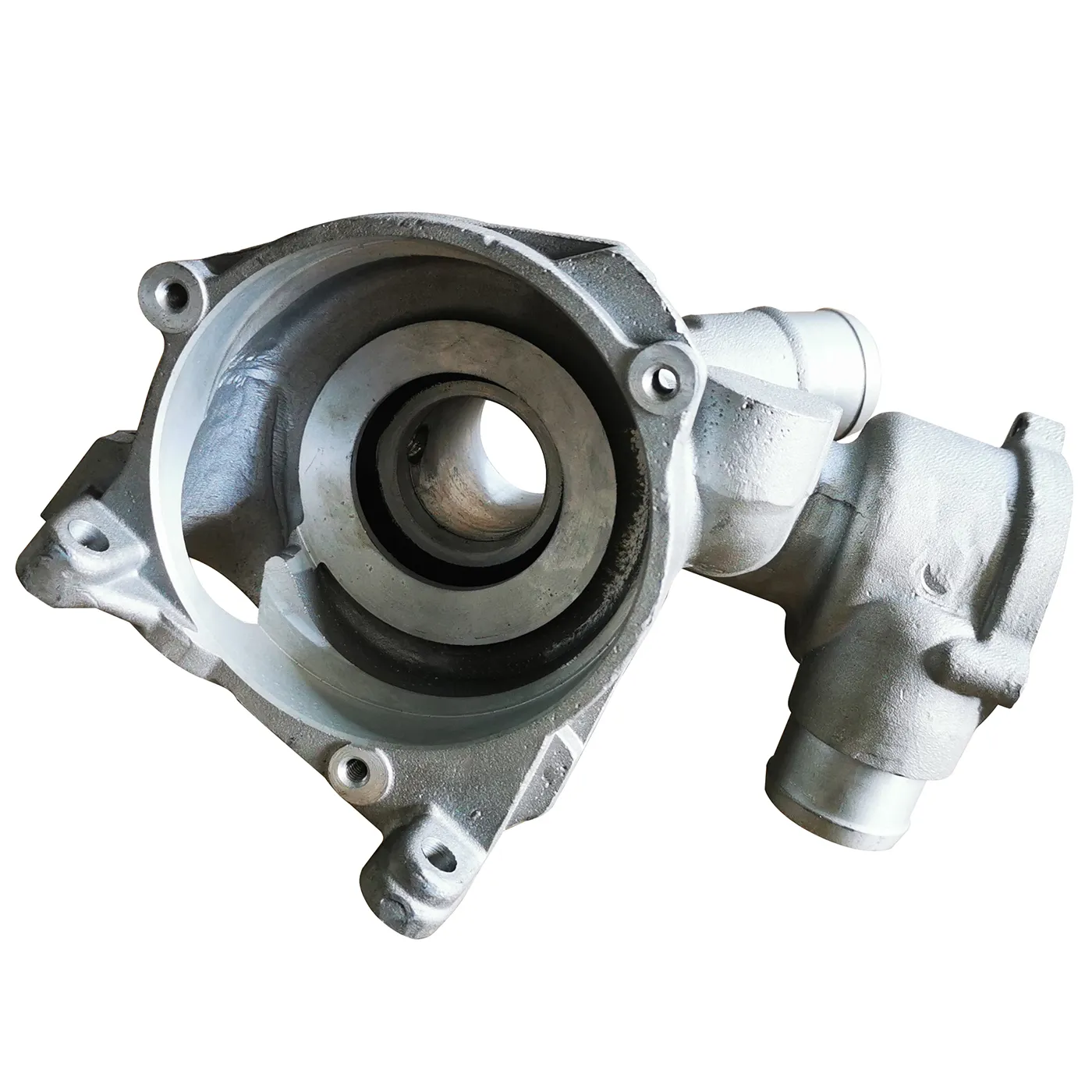
Frequently Asked Questions (FAQ)
Q: What are the primary advantages of stainless steel casting over other metal casting methods?
A: Stainless steel casting offers superior corrosion resistance, high strength-to-weight ratio, excellent heat resistance, and the ability to produce complex geometries with high precision. Compared to aluminum die casting, it provides greater temperature resistance and strength; versus green sand metal casting, it offers finer surface finish and tighter dimensional tolerances.
Q: What testing standards are typically applied to stainless steel castings?
A: Common testing standards include ASTM A743/A744 for steel castings, ISO 9001 for quality management, and various NDT methods (e.g., radiography, ultrasonic, magnetic particle, liquid penetrant testing) to ensure internal and surface integrity. Dimensional inspections adhere to ANSI, DIN, or customer-specific standards.
Q: How does stainless steel casting contribute to energy saving?
A: By producing highly durable and corrosion-resistant components, stainless steel casting minimizes the need for frequent replacements and maintenance. This reduces the energy expenditure associated with manufacturing new parts and carrying out repairs, contributing to overall operational efficiency and sustainability.
Logistics, Warranty, and Support
Lead Time & Fulfillment
Typical lead times for stainless steel casting projects vary based on complexity, order volume, and alloy availability. For custom tooling and initial prototypes, lead times generally range from 6-10 weeks. Production runs for established designs can often be fulfilled within 3-5 weeks, depending on capacity and specific finishing requirements. We emphasize transparent communication and project management to keep clients informed at every stage, ensuring on-time delivery.
Warranty Commitments
We stand behind the quality and craftsmanship of our metal castings. All products are warranted to be free from defects in material and workmanship for a period of 12 to 24 months from the date of shipment, provided they are used under normal operating conditions and in accordance with specified design parameters. Our commitment extends to full compliance with all agreed-upon technical specifications and relevant industry standards.
Customer Support & After-Sales Service
Our dedicated customer support team provides comprehensive technical assistance and after-sales service. From initial design consultation and material selection to post-delivery support, we ensure that our clients receive prompt and effective solutions. Support includes troubleshooting, replacement part assistance, and expert advice to optimize the performance and longevity of your cast components. Our goal is to forge long-term partnerships built on trust and mutual success.
Conclusion
Stainless steel casting remains an indispensable manufacturing process for high-performance industrial components. Its ability to deliver parts with superior corrosion resistance, mechanical strength, and intricate geometries makes it critical for demanding sectors like petrochemical, metallurgy, and water treatment. By partnering with an experienced and quality-driven casting provider, businesses can leverage these advantages to enhance operational efficiency, ensure long-term reliability, and achieve significant energy saving, securing a competitive edge in their respective markets.
References
- ASM International. (2007). ASM Handbook, Vol. 15: Casting. Materials Park, OH: ASM International.
- ISO (International Organization for Standardization). ISO 9001:2015 Quality management systems - Requirements.
- ASTM International. ASTM A743/A743M - 23 Standard Specification for Castings, Iron-Chromium, Iron-Chromium-Nickel, Corrosion Resistant, for General Application.
- National Institute of Standards and Technology (NIST). Various publications on stainless steel properties and applications.
-
Materials Used in Manufacturing Cap End Pipe FittingsNewsNov.24,2025
-
Material Properties of CF8M CastingNewsNov.24,2025
-
How to Inspect Pump Cap Ends for DamageNewsNov.21,2025
-
Backward Curved Impeller – Efficient Airflow Solutions for Industry | YD CastingsNewsNov.21,2025
-
Automobile Water Pump - Efficient, Quiet, Durable & ElectricNewsNov.21,2025
-
Impeller for Pumps – High-Efficiency, Durable, OEM-ReadyNewsNov.21,2025











